Fittie is one of Aberdeen’s most picturesque communities, but one that has undergone radical changes over the years.
Fittie, or Footdee, was established as a small fishing settlement completely separate from Aberdeen, only amalgamating with the city in the 19th Century.
Its North and South Squares are now part of a conservation area, but other parts of old Fittie have been lost to industrial and commercial development.
Once a bustling home to shipbuilders, churches, pubs, corner shops, schools and tight-knit terraces of housing, some of Fittie’s built heritage has all but disappeared.
We take a look back at Fittie of the past, before the winds of change blew in the 20th Century.
1936: Neptune Place
A sign of times gone by, wee bairns play happily outside in this court between Wellington Street and Neptune Terrace in Fittie.
Washing can be seen blowing wildly in the wind in this domestic scene in front of the two-storey tenements.
Neptune Terrace was located between two closes to the east of York Street, but the houses – and street – are long gone.
1949: East St Clement’s Church
The striking fascade of East St Clement’s Church remains a landmark in the community of Fittie.
East St Clement’s Church was designed by Aberdeen architect John Smith and built in 1828.
But the church stands as solemn and silent as the tombstones that surround it, having closed its doors for good 36 years ago.
The last service was held on May 31 1987 when the 300-strong congregation transferred to St Nicholas Kirk.
These days, the forgotten B-listed kirk attracts vandals rather than parishioners.
1962: Baltic Place
This unusual view shows the carcasses of old fireplaces and flues on the gable end of this building at the junction of Baltic Place and Miller Street in Fittie.
The old tenements are a throwback to times gone by, as the 1960s industrial buildings loom overhead.
Nowadays there is no hint there was ever a close-knit residential community of flats and shops, the area is populated by commercial yards and businesses.
1963: Hall Russell Shipyard
This lively photo captures the lunchtime rush at Hall Russell’s Shipyard in Fittie in 1963 as men hurried home for their grub.
The ladder in the background was the entrance to the loft where drawings and templates for ships were drafted.
The shipyard and engineering works was a huge employer in the city, spread across an expansive complex of buildings between York Place and York Street.
Hall Russell closed in 1992 and its buildings disappeared over the years, but the vast site in Fittie is still used by marine operators.
1965: St Clement’s Bar
A pint at St Clement’s Bar was a good reward for a hard day’s work in 1965, pictured behind the bar is then-owner William Johnston.
Once a flourishing local, the pub on the corner of St Clement’s Street and Links Street had plenty of custom in its heyday when it was surrounded by a community of houses.
A legendary harbour pub, it used to sport a darts team as well as live music nights.
But these days the old granite building is a lonely one sitting among industrial units, although the premises are now occupied by a cafe.
1981: York Street Nursery
This charming school in Fittie was one of only two designed by architects Pirie & Clyne in Aberdeen.
It opened in 1881 to replace Davidson’s School, and was unusual in its construction, with a bell tower and arched windows that appear more ecclesiastical than educational.
The school was renamed York Street Nursery in 1942 when it became one of the city’s first wartime nurseries, for the children of women engaged in war work.
There was immense sadness in 1995 when campaigning parents failed to save York Street Nursery from council closures. The listed building is now occupied by a business.
1989: Commerce Street School
Commerce Street School of the very fringes of Fittie opened its doors for the first time on March 13 1876.
The school, at the busy junction of Hanover, Miller and Commerce Streets, was the first to be built under the provisions of the Education (Scotland) Act 1872.
The school closed in 1925 when the pupils were transferred to Hanover Street School, but its buildings were still used as the infant department for Hanover Street School.
For nearly 100 years the attractive building was used for education before it was turned into an ear, nose and throat clinic.
It underwent a huge refurbishment in 1989 and is now business premises.
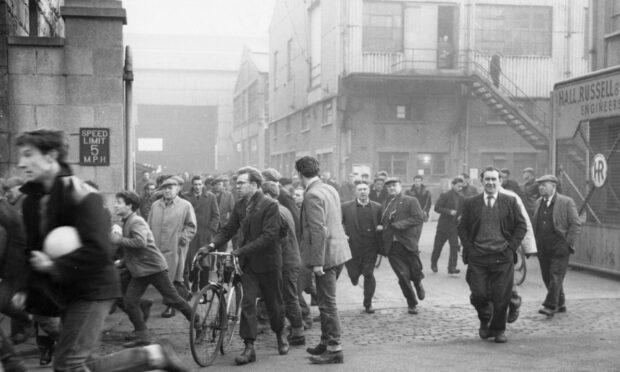
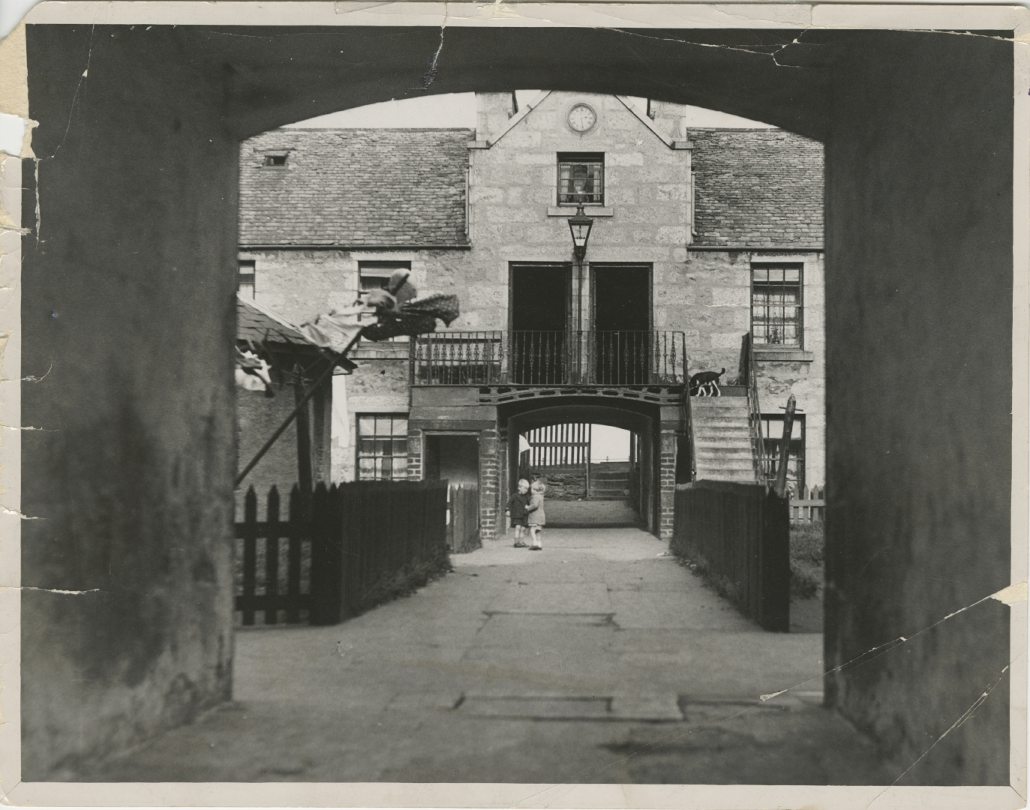
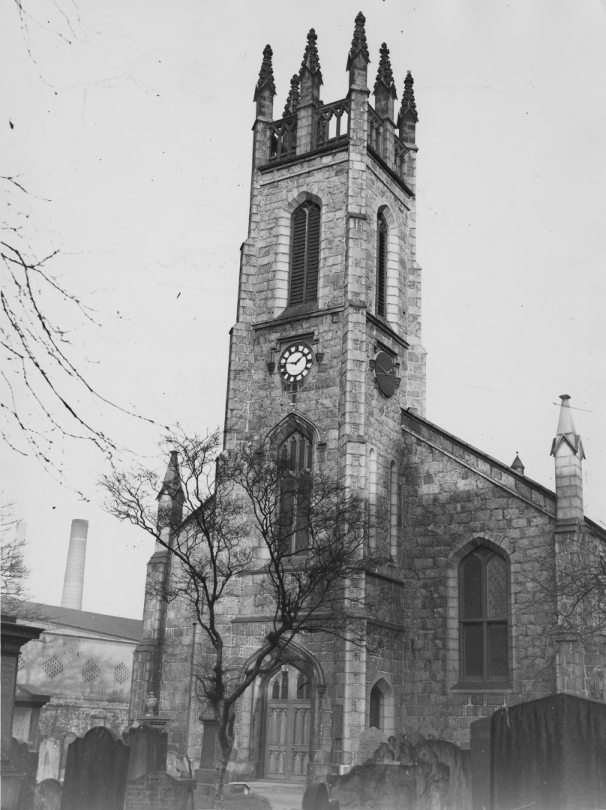

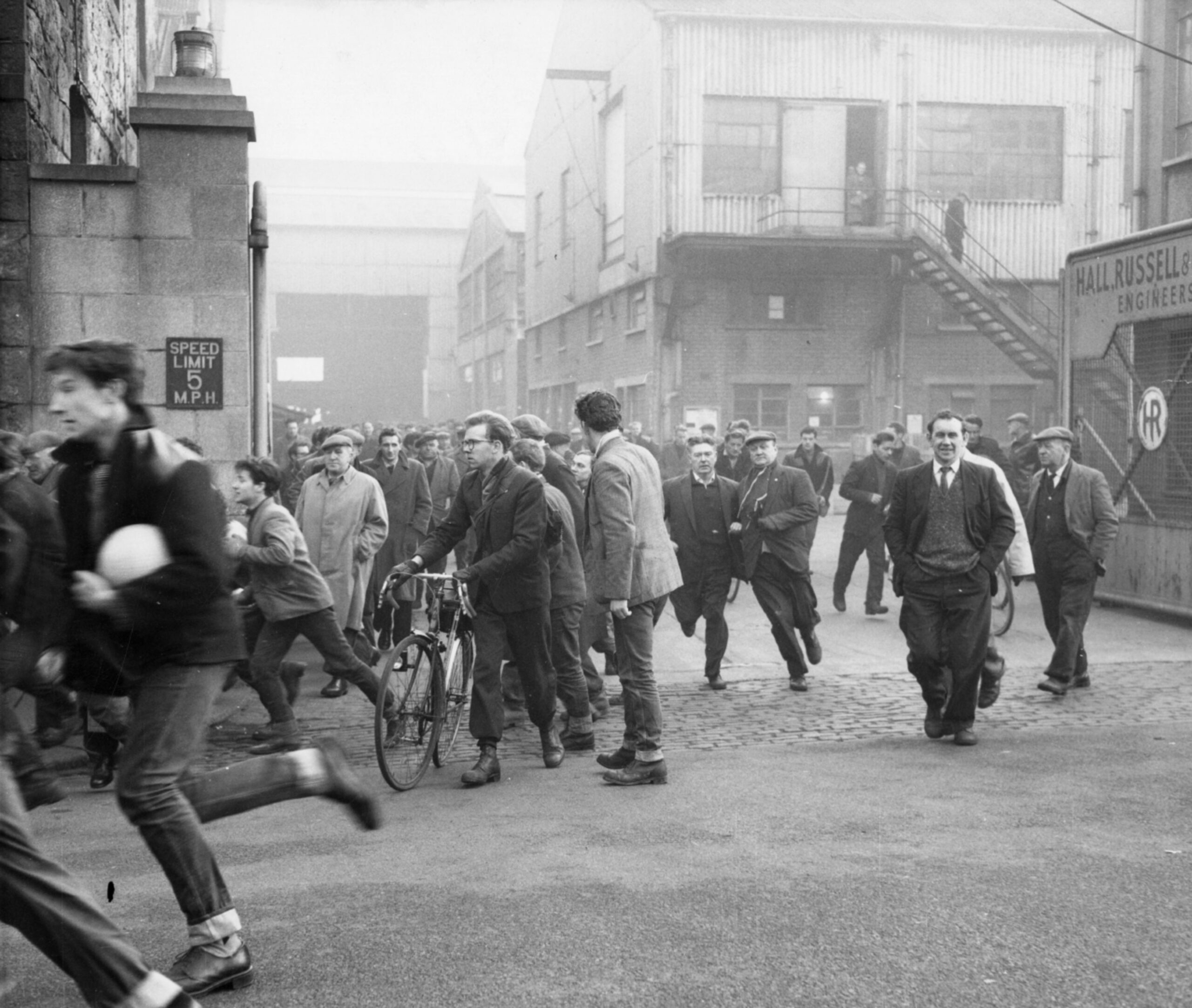
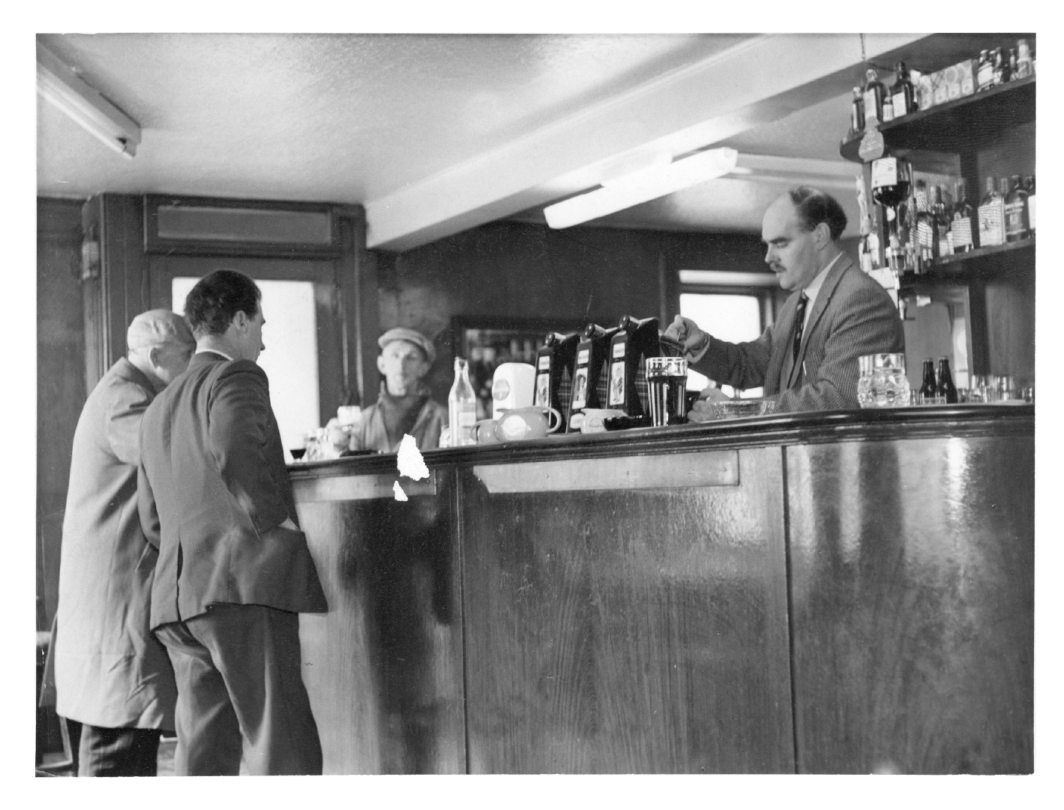

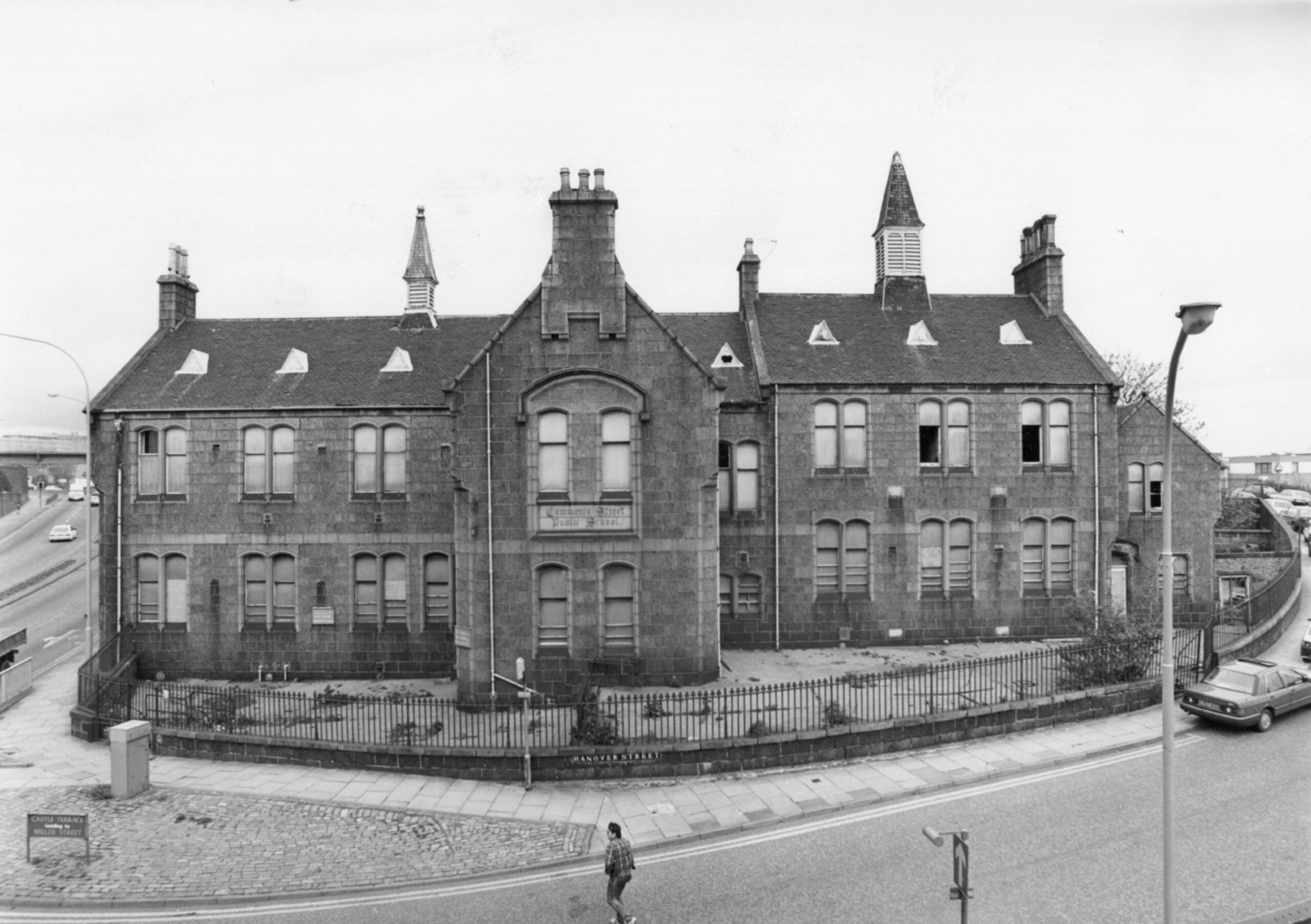
Conversation